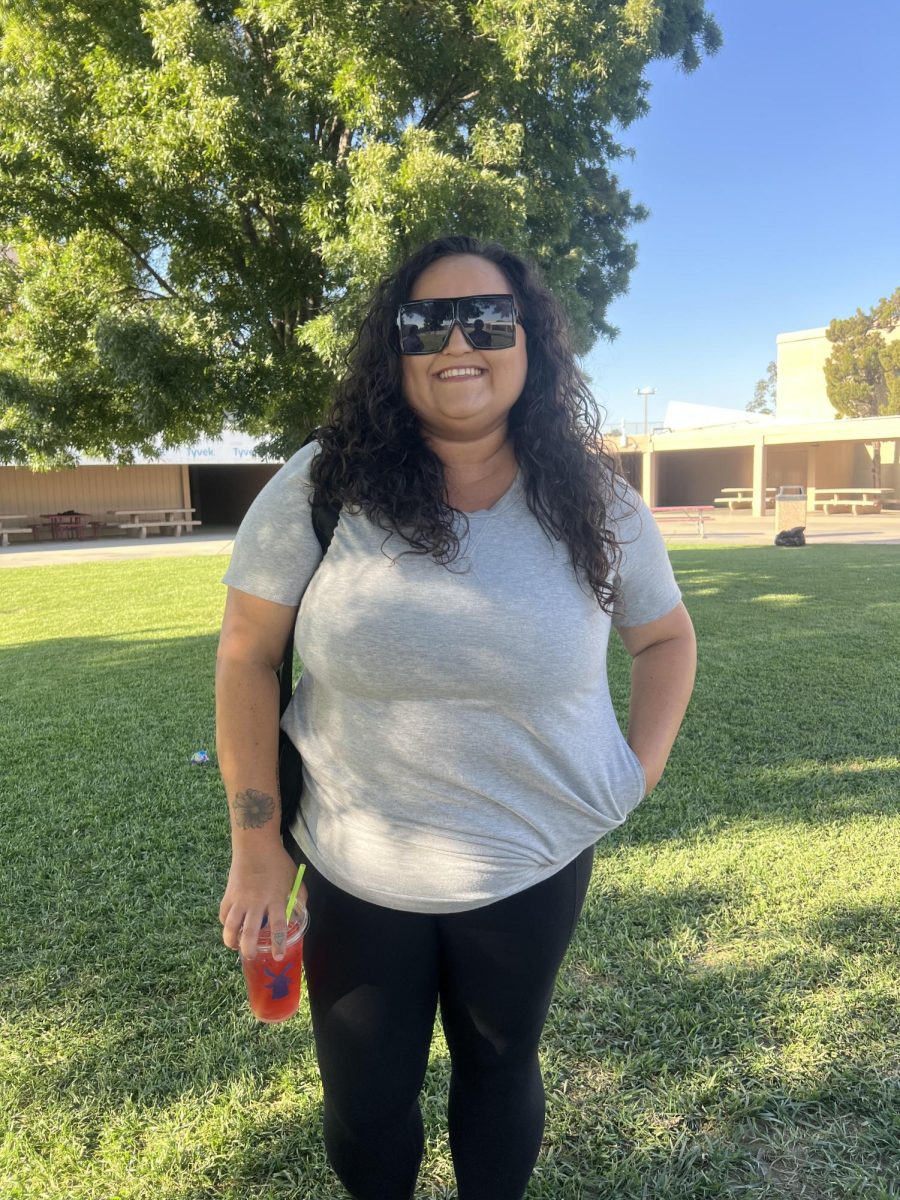In 2024, global data shows that the world’s warming is caused by humans.
Reports from NASA show that Earth’s average temperature was, in record, the hottest it has been, about 1.47 C which is above the 19th century temperatures which was during the pre-industrial age. Berkeley Earth shows reports that 2024 exceeds 2023 temperatures by a clear margin and 10 of the warmest years have occurred since 2014. Our climate system is reaching new highs that confirms that our planet is indeed warming.
There are many things that cause the warming of our planet. A small number of people and nations produce a large amount of emissions. In 2025, a Nature Climate Change study shows that two thirds of recent global warming was caused by the richest 10 percent of people. It also notes that the wealthiest 10 percent were responsible for nearly half of global emissions in 2019. To really put that into perspective, an Oxford report found that fifty of the richest billionaires emit more carbon alone in 90 minutes than the average person does in an entire year. Wealthy countries and individuals have over sized amounts of carbon footprints which makes those who have contributed the least to the world’s total carbon footprint often suffer the most.
The cause of global warming has extreme weather and local impacts. Flooding of homes and roads in disparate countries such as Chad, Vietnam, Austria, even the American South suffer extreme rainfall that has killed thousands of people. Dozens of countries saw record breaking storms, floods, cyclones, and wildfires along with heat waves that pushed temperatures above one hundred twenty degrees Fahrenheit. A report from The World Meteorological Organization (WMO) reports that climate change has added forty one extra days of heat in 2024 and has amplified twenty six of twenty nine studied disasters. These events directly harm local areas like farms, homes, power grids and health systems, this forces evacuation. Vulnerable communities or remote areas get hit the hardest because they have very few resources to prepare and recover these extreme disasters.
Fortunately there are ways society can help lower emissions even just a little. Young people and schools can play a role in addressing climate change though practical steps. Schools and homes can conserve energy and cut emissions. They can switch to energy efficient healing/cooling systems if affordable. When throwing things away, people can follow part of the 5 R’s method by reducing, reusing, and recycling. In addition, they can avoid purchasing unnecessary items and reduce consumption.
Climate change affects everyone and understanding its significance is vital. Schools can serve as models of sustainability and help people understand how to mitigate climate change and adapt to changes. By learning about climate change we can reduce local pollution and be better equipped to protect communities.







